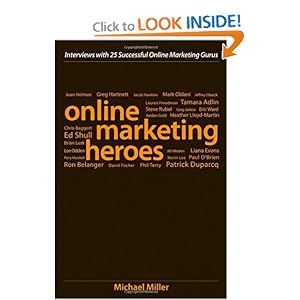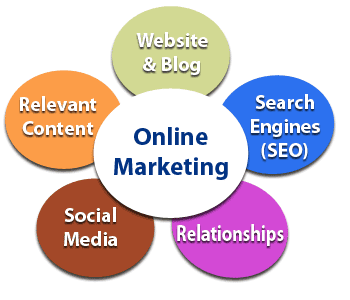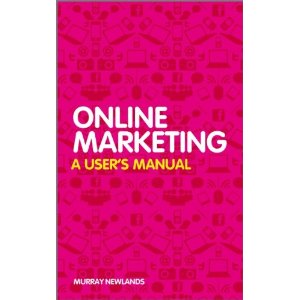Marketing Online Marketing Biography
Online Marketing: Biography Check
By Kim Beebe
Did you know that the Meet the Doctor section of a chiropractic website can account for nearly 50 percent of total page views of your site? In many cases that’s more than the About Us or Contact Us pages, which are often considered the most important website areas after the home page.
This bit of information is critical for two reasons. First, if you don’t have a Meet the Doctor or Meet the Staff area on your website, you’re missing out. Second, if your biography is incomplete, poorly written or boring, you could be unknowingly sabotaging one of the greatest (and simplest) patient-attraction strategies available.
A professional summary (biography), which highlights your background, experience and expertise, is a must for all professionals, regardless of field. Usually considered a tool for career advancement or peer-topeer use, the standard utilitarian bio often makes its way onto the back of your office brochure, the About Us page of your website, your Facebook timeline and more. The problem is that typically this version is not suitable for Joe Public’s eyes.
Why? Because it doesn’t share what the average person (a.k.a. potential patient) really wants to know. It doesn’t engage them, inspire them or further your relationship in any way. However, with a few adjustments, your biography can be transformed into something people want to read from start to finish, leading them to feel a sense of familiarity and connection without ever having met you in person. Better yet, since biographies used for marketing purposes are often so poorly done, putting your and your team’s bios through this checklist will really make them stand out.
CV, Résumé or Biography?
Often I find that many confuse their curriculum vitae (CV) or résumé for a biography. The term biography is derived from Greek: bios meaning life, and graphein meaning write. A true biography goes beyond a list of degrees, credentials and certifications and instead illuminates aspects of the individual’s life, taking into account emotions and events that brought about personal change and growth. A CV and résumé are necessary career tools, but keep in mind that while a biography is best for marketing to patients, for marketing to other health professionals, a biography and CV are the way to go.
Depending on where your biography will be used, you have the choice of using a first- or a third-person writing style. A first-person writing style will read as though it was written by you, and include the word “I” throughout. A third-person style will read as though it were written by a third party, using your name and “he” or “she” as appropriate. Third person is considered more formal, while first person can give a more personal and casual feel. I’ve seen both used very effectively to enhance the brand and image of the office and doctor of chiropractic (DC). Regardless of which writing style you choose, be consistent.
Your Chiropractic Story
I’ve read and written hundreds of biographies throughout my career, and I have hit on a successful formula. When conducting interviews with doctors and their teams to gather information for biographies, I’ve found myself intrigued by what led them to choose chiropractic as a career.
Were you led to the profession as a result of your own health challenges as a child or the healing of a loved one? Do you have a chiropractic lineage or tradition in your family? Share a summary of your story in a compelling and inspiring way, and you’ll have the reader’s attention from the first sentence.
Once you’ve shared your chiropractic story, you are ready to move into more specific details of who you are. This is where you can highlight your education and certifications, your specialties, the type of patients you serve and key organizations to which you belong. This builds your credibility.
If your practice is family focused, you want to include a word or two about your spouse and children. And if your hobbies and interests outside of the office support your services and specialties (as in the case of a DC who specializes in sports chiropractic and runs marathons in his or her spare time), that’s important to mention too. Again, it’s not necessary to share everything; mention only the key points you believe are of most interest to the readers and most aligned to your overall marketing message.
The length of your biography should be consistent with the marketing piece where it will be used. Generally your brochure bio will be much shorter than the biography located on your website. When space is in short supply, instruct your biography readers to visit your website to learn more about you; when this is done in an online format, include a hyperlink so the reader can easily navigate to the proper page of your website. For example, if you post a condensed version of your biography to your practice’s Facebook timeline, conclude your summary with “Learn more about Dr. Bewell here,” and hyperlink this statement directly to the full biography on your website.
Marketing Online Marketing
Marketing Online Marketing
Marketing Online Marketing
Marketing Online Marketing
Marketing Online Marketing
Marketing Online Marketing
Marketing Online Marketing
Marketing Online Marketing
Marketing Online Marketing
Marketing Online Marketing
Marketing Online Marketing
Marketing Online Marketing












No comments:
Post a Comment